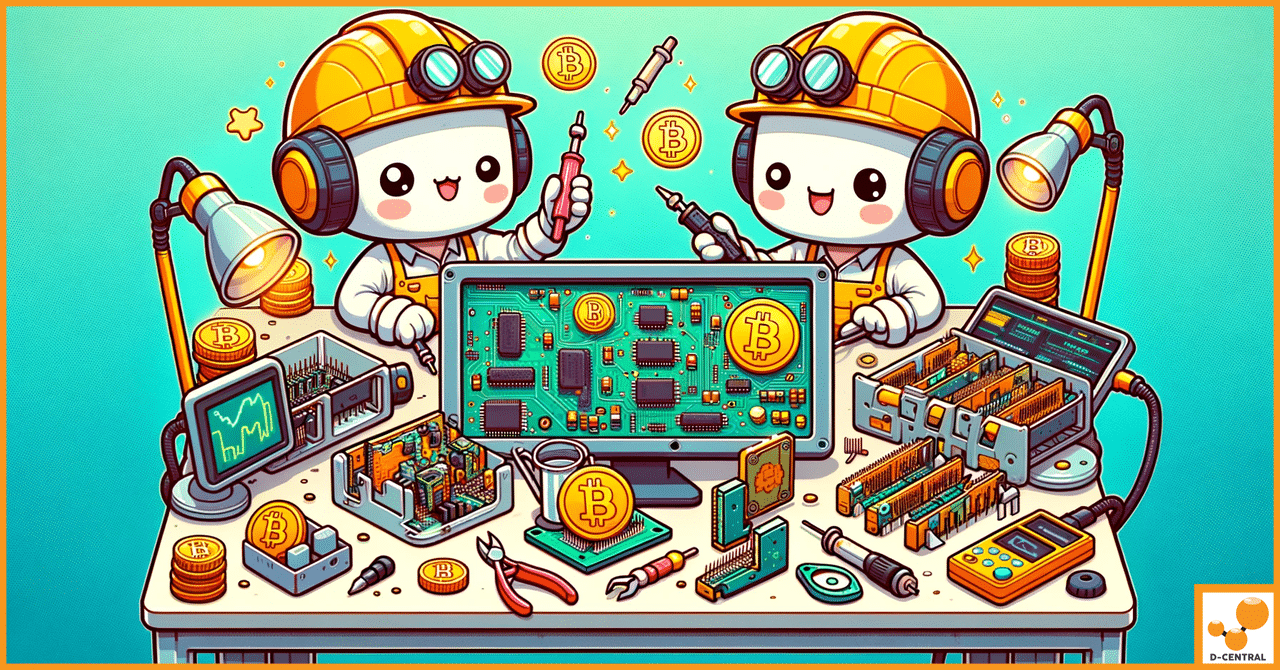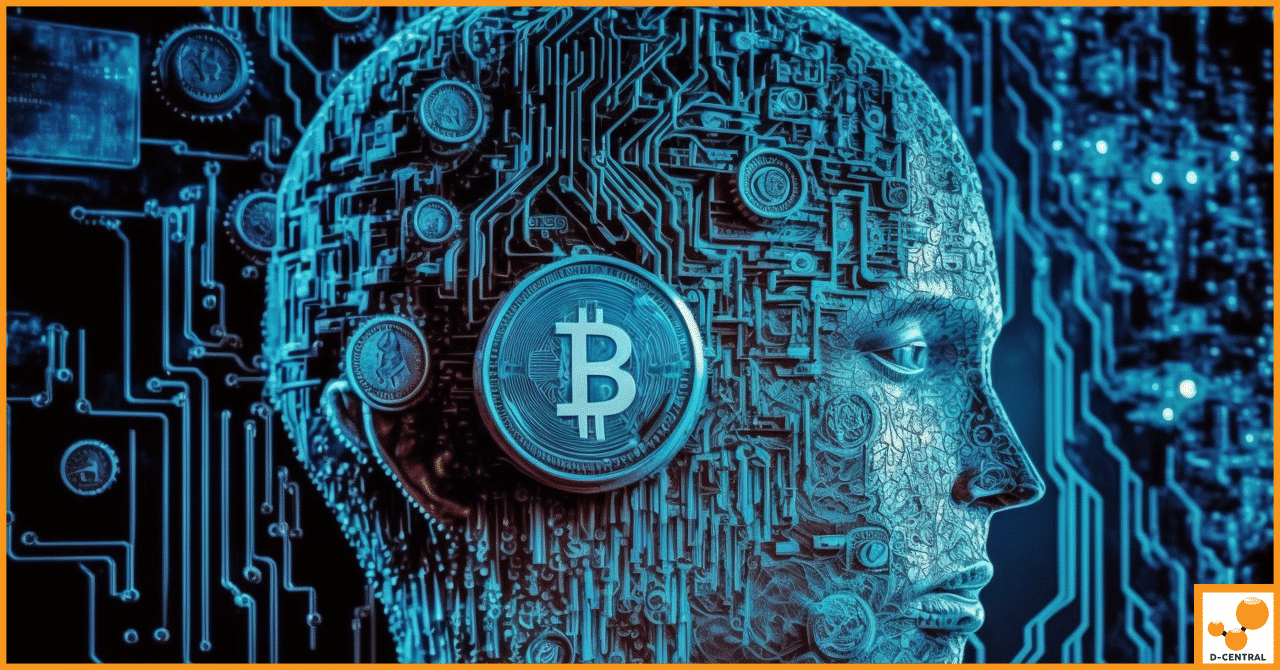
ASIC Miner Hosting: The Ultimate Solution for Space and Power Constraints at Home
The landscape of cryptocurrency mining has undergone a remarkable transformation since the inception of Bitcoin in 2009. Initially, enthusiasts could
4479 Desserte Nord Autoroute 440, Laval, QC H7P 6E2

In the rapidly evolving world of cryptocurrency, Application-Specific Integrated Circuits (ASICs) have emerged as the backbone of mining operations. These specialized hardware devices are engineered to perform the complex computations required for mining cryptocurrencies, such as Bitcoin, with unparalleled efficiency and speed. ASIC mining has become synonymous with high-stakes profitability in the digital currency landscape, driving the relentless pursuit of the next breakthrough in mining technology.
However, the ascent of ASIC mining has not been without its environmental repercussions. The intensive computational demands of ASIC devices translate into significant energy consumption, contributing to the growing concerns over the carbon footprint of cryptocurrency mining operations. This energy-intensive process, coupled with the rapid obsolescence of mining hardware, has led to another pressing issue: the generation of substantial amounts of electronic waste. As newer, more efficient models enter the market, older ASIC miners are quickly deemed outdated, often ending up as hazardous waste without a clear path to recycling or reuse.
Amid these environmental challenges, ASIC refurbishing emerges as a beacon of sustainability. This innovative approach involves reviving and repurposing old or damaged ASIC mining hardware, offering a second life to equipment that would otherwise contribute to electronic waste. ASIC refurbishing not only addresses the issue of e-waste but also presents an opportunity to reduce the overall environmental impact of cryptocurrency mining. By transforming discarded hardware into valuable resources, refurbishing extends the lifecycle of mining devices, decreases the demand for the production of new hardware, and, importantly, contributes to the reduction of the mining industry’s energy consumption and carbon footprint.
In this light, ASIC refurbishing stands as a testament to the cryptocurrency industry’s potential to embrace sustainable practices. It underscores a commitment to not only advancing technological innovation but also ensuring that such progress does not come at the expense of our planet’s health. As we delve deeper into the intricacies of ASIC mining and its environmental implications, it becomes clear that the path to a greener cryptocurrency ecosystem is through initiatives that prioritize sustainability, innovation, and responsible stewardship of our technological resources.
Application-Specific Integrated Circuits (ASICs) represent the pinnacle of efficiency in the cryptocurrency mining industry. Designed exclusively to mine cryptocurrencies, ASIC miners have become indispensable for securing blockchain networks and validating transactions, particularly for Bitcoin. Unlike their predecessors—CPUs, GPUs, and FPGAs—ASICs are tailored for a singular purpose, offering unmatched processing power and speed. This specialization enables them to solve complex cryptographic puzzles, a process central to the mining operation, at an unprecedented rate, thereby maintaining the integrity and security of blockchain networks.
However, the environmental implications of ASIC mining operations have become a subject of increasing concern. The primary issue lies in the substantial energy consumption required by these devices. ASIC miners operate continuously, competing to validate transactions and secure new blocks. This non-stop operation demands an immense amount of electricity, contributing significantly to the carbon footprint of the cryptocurrency sector. The situation is further exacerbated by the rapid pace of technological advancement, which renders mining hardware obsolete within a short span, leading to a continuous cycle of consumption and disposal. Consequently, electronic waste (e-waste) has emerged as a significant environmental challenge, with countless outdated ASIC miners discarded annually, contributing to the growing global e-waste problem.
The pursuit of sustainability within the cryptocurrency mining sector is not merely a response to environmental concerns but also a strategic move towards long-term viability. Sustainable mining practices, including the adoption of renewable energy sources and the refurbishment and recycling of ASIC miners, can significantly reduce the industry’s environmental impact. Moreover, these practices align with a growing consumer demand for environmentally responsible products and services, offering an opportunity for the industry to lead by example in the global effort to combat climate change.
The transition to sustainable mining practices requires a collective effort from all stakeholders, including miners, manufacturers, and policymakers. By prioritizing energy efficiency, embracing innovative recycling methods, and supporting regulations that encourage sustainability, the cryptocurrency mining industry can mitigate its environmental impact and contribute to a more sustainable future. The path forward involves not only technological innovation but also a commitment to environmental stewardship and social responsibility.
ASIC refurbishing is a process that breathes new life into old or damaged ASIC miners, transforming them from potential e-waste into valuable assets once again. Unlike simple repairs, which might fix specific issues without addressing the overall condition of the device, refurbishing involves a comprehensive overhaul. This process can include hardware diagnostics, cleaning, replacing faulty components, updating firmware, and sometimes modifying the device for new functionalities. The goal of ASIC refurbishing is not just to repair, but to renew, ensuring that the miner can operate efficiently and effectively for as long as possible.
This practice is a cornerstone of the circular economy, a model that emphasizes reusing, sharing, repairing, refurbishing, remanufacturing, and recycling to create a closed-loop system, minimizing the use of resource inputs and the creation of waste, pollution, and carbon emissions. By refurbishing ASIC miners, the cryptocurrency mining industry can significantly reduce electronic waste and extend the lifecycle of its hardware. This not only conserves the materials and energy that would be required to produce new mining equipment but also aligns with global efforts to promote sustainability and reduce the environmental footprint of digital technologies.
D-Central Technologies stands at the forefront of ASIC refurbishing, leading the charge towards a more sustainable future in cryptocurrency mining. Recognizing the environmental challenges posed by ASIC mining, D-Central has dedicated itself to repurposing previous generation hardware, finding new and innovative uses that extend beyond their original mining capabilities. This approach not only mitigates the issue of electronic waste but also showcases the potential for technological innovation within the sphere of sustainability.
Among D-Central’s notable initiatives are the creation of Bitcoin Space Heaters, Antminer Space Heater Editions, and Antminer Slim Editions. These products exemplify the ingenious use of refurbished ASICs, turning what would be a purely consumptive process (heating) into one that also generates value (mining Bitcoin). The Bitcoin Space Heaters, for example, utilize the heat generated by ASIC mining to warm spaces, effectively converting energy expenditure into dual-purpose utility. Similarly, the Antminer Space Heater and Slim Editions are tailored to not only mine cryptocurrencies efficiently but also serve practical needs in residential and commercial settings, all while operating on refurbished hardware.
D-Central Technologies’ efforts in ASIC refurbishing represent a significant stride towards integrating sustainability with cryptocurrency mining. By repurposing and innovating on existing technology, D-Central not only addresses the environmental concerns associated with ASIC mining but also paves the way for a greener, more sustainable approach to mining operations. Their work underscores the potential for the cryptocurrency industry to contribute positively to environmental sustainability, setting a precedent for others in the field to follow.
ASIC refurbishing stands as a testament to the cryptocurrency industry’s potential for environmental stewardship. One of the most significant environmental benefits of this practice is the substantial reduction in electronic waste (e-waste). By giving old or damaged ASIC miners a second life, refurbishing prevents these devices from ending up in landfills, where they contribute to the growing global e-waste problem. This not only helps in conserving the raw materials that would otherwise be required to manufacture new mining hardware but also reduces the hazardous waste associated with electronic disposal.
Moreover, ASIC refurbishing directly contributes to a decrease in the demand for new mining hardware production. This reduction is crucial, considering the extensive resources and energy consumed in the manufacturing process of ASIC miners. By extending the lifecycle of existing hardware, the need to produce new units is diminished, thereby conserving energy and reducing the carbon footprint associated with production and supply chain logistics.
Refurbishing also enhances energy efficiency in an innovative manner. For instance, the repurposing of ASIC hardware for uses like space heating exemplifies a creative approach to dual-purpose utility. Bitcoin Space Heaters, developed through refurbishing initiatives, utilize the heat generated from mining operations to warm spaces. This ingenious solution transforms what is traditionally only an expense (heating) into both an expense and a source of income (Bitcoin mining), showcasing how refurbishing can lead to more energy-efficient and environmentally friendly applications of existing technology.
From an economic standpoint, ASIC refurbishing offers several advantages to miners. The most immediate benefit is cost savings. Refurbished ASIC miners are typically less expensive than their brand-new counterparts, making entry into the mining industry more accessible for individuals and smaller operations. This cost-effectiveness does not necessarily come at the expense of performance, as refurbished units can offer comparable efficiency to new models, especially when properly updated and maintained.
Increased accessibility to mining operations is another significant advantage. By lowering the financial barriers to entry, ASIC refurbishing democratizes the mining process, allowing a broader range of participants to engage in cryptocurrency mining. This inclusivity can lead to a more distributed and decentralized mining network, aligning with the foundational principles of blockchain technology.
Furthermore, the potential for generating additional income through innovative uses of refurbished ASICs cannot be overstated. Products like Bitcoin Space Heaters not only serve practical needs but also create opportunities for miners to earn Bitcoin passively. This dual functionality maximizes the utility of the mining hardware, providing economic benefits beyond traditional mining operations.
In summary, ASIC refurbishing offers a win-win solution for both the environment and miners. By promoting the reuse and repurposing of existing hardware, the practice contributes to sustainability efforts while also providing economic and operational advantages. As the cryptocurrency industry continues to evolve, the role of ASIC refurbishing in fostering a more sustainable and inclusive mining ecosystem becomes increasingly important.
The transition towards sustainable ASIC mining and refurbishing requires a multifaceted approach, combining best practices with industry-wide collaboration and innovation. For miners and refurbishment centers alike, adopting environmentally friendly practices involves several key strategies:
The importance of industry-wide collaboration cannot be overstated. By working together, stakeholders can share knowledge, resources, and technologies to accelerate the adoption of sustainable practices. Innovation, driven by collaborative efforts, can lead to breakthroughs in energy efficiency, recycling technologies, and alternative applications for ASIC hardware, further advancing the sustainability agenda in the mining industry.
The adoption of sustainable practices in ASIC mining and refurbishing can lead to a greener, more responsible cryptocurrency ecosystem. The commitment to sustainability, innovation, and collaboration will be key drivers of success in this endeavor.
The journey towards environmental sustainability in the cryptocurrency mining industry is both a challenge and an opportunity. At the heart of this endeavor lies the critical role of ASIC refurbishing, a practice that not only mitigates the environmental impacts associated with electronic waste but also paves the way for more energy-efficient mining operations. By breathing new life into old or damaged ASIC miners, refurbishing extends the lifecycle of these devices, reducing the need for new hardware production and consequently, the industry’s overall carbon footprint.
D-Central Technologies has emerged as a pioneer in this space, demonstrating the tangible benefits of integrating sustainability with cryptocurrency mining. We believe that the innovative approach to ASIC refurbishing, exemplified through initiatives like Bitcoin Space Heaters, Antminer Space Heater Editions, and Antminer Slim Editions, showcases the potential for repurposed mining hardware to serve dual purposes, thereby maximizing utility and promoting energy efficiency. These efforts not only contribute to environmental sustainability but also offer economic advantages, making mining more accessible and potentially more profitable for individuals and communities alike.
What is ASIC mining?
ASIC mining refers to the use of Application-Specific Integrated Circuits (ASICs), which are specialized hardware devices engineered for the efficient and speedy performance of complex computations required in cryptocurrency mining, notably for cryptocurrencies like Bitcoin.
What are the environmental issues associated with ASIC mining?
The primary environmental issues linked to ASIC mining include significant energy consumption, contributing to the cryptocurrency mining sector’s carbon footprint, and the generation of electronic waste (e-waste) due to the rapid obsolescence of mining hardware.
How does ASIC refurbishing contribute to sustainability?
ASIC refurbishing contributes to sustainability by reviving and repurposing old or damaged ASIC mining hardware, thus extending their lifecycle, reducing electronic waste, and lessening the demand for the production of new hardware. This approach aligns with the principles of the circular economy, aiming to minimize resource inputs and the creation of waste and emissions.
What role does D-Central Technologies play in ASIC refurbishing?
D-Central Technologies leads the way in ASIC refurbishing, pioneering sustainable practices in the cryptocurrency mining industry. They focus on repurposing previous generation hardware for new uses, thus mitigating electronic waste and demonstrating technological innovation in sustainability.
What are the environmental benefits of ASIC refurbishing?
The environmental benefits include a substantial reduction in electronic waste, decreased demand for new hardware production—thus conserving materials and reducing the carbon footprint—and the promotion of dual-purpose utility through innovative repurposing, which enhances energy efficiency.
What economic and operational benefits does ASIC refurbishing offer?
ASIC refurbishing offers several economic benefits, including cost savings on refurbished miners compared to new models, increased accessibility to the mining industry, and the potential for generating additional income through innovative repurposed ASICs. Operationally, it leads to a more distributed and decentralized mining network and extends the utility and efficiency of mining hardware.
How can the mining industry implement sustainable practices?
Implementing sustainable practices involves prioritizing energy efficiency, adopting renewable energy, managing hardware lifecycles responsibly, fostering innovation in refurbishing, collaborating across the industry to establish sustainability standards, and raising awareness about the importance of eco-friendly mining practices.
DISCLAIMER: D-Central Technologies and its associated content, including this blog, do not serve as financial advisors or official investment advisors. The insights and opinions shared here or by any guests featured in our content are provided purely for informational and educational purposes. Such communications should not be interpreted as financial, investment, legal, tax, or any form of specific advice. We are committed to advancing the knowledge and understanding of Bitcoin and its potential impact on society. However, we urge our community to proceed with caution and informed judgment in all related endeavors.
Related Posts

The landscape of cryptocurrency mining has undergone a remarkable transformation since the inception of Bitcoin in 2009. Initially, enthusiasts could

Over the past few years, the cryptocurrency world has exploded in popularity, with investors flocking to buy into the latest

In the ever-evolving landscape of digital currency, Bitcoin has stood out as a beacon of potential and innovation, reshaping how